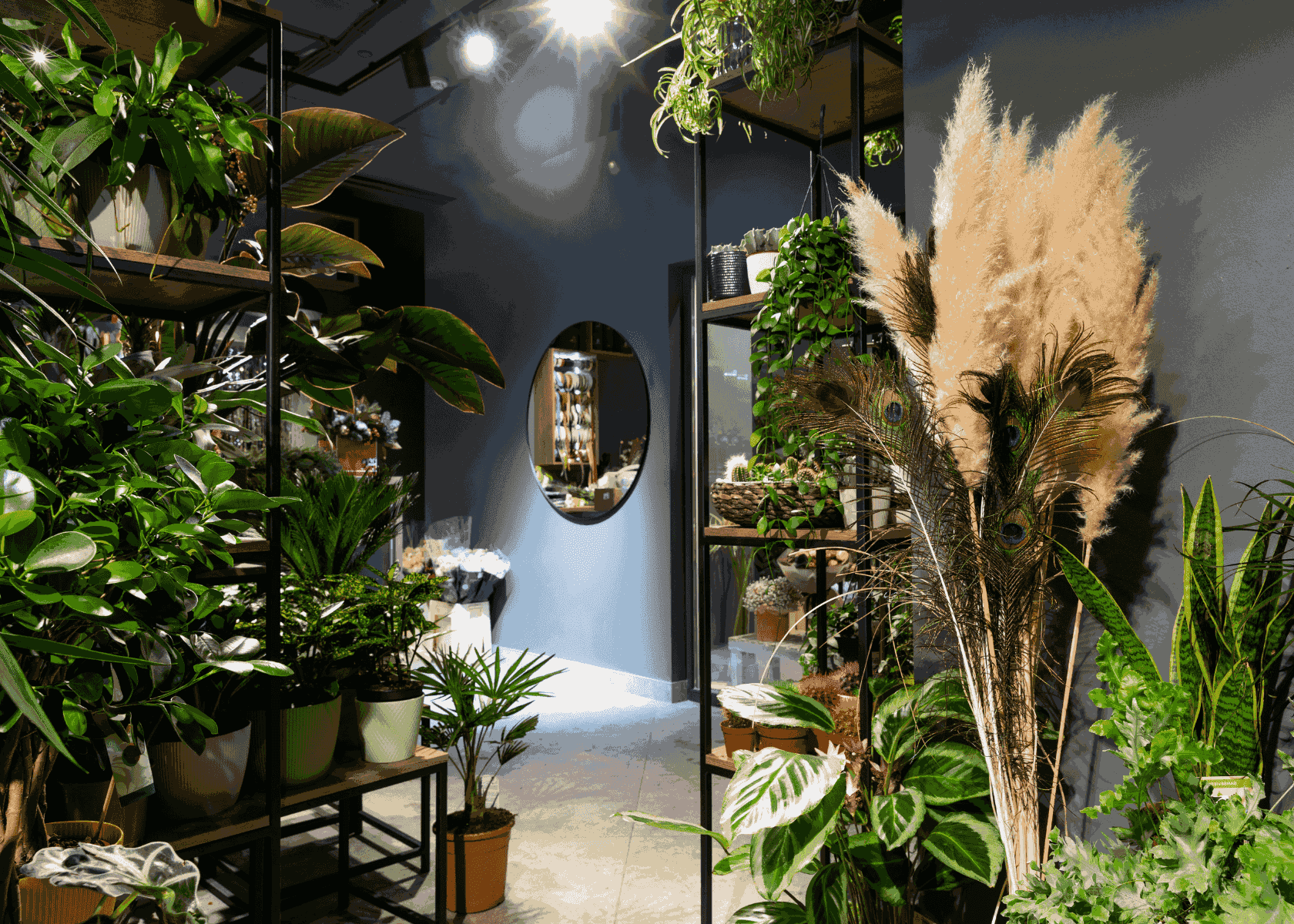Accessorizing your porch with plants is the easiest way one can change the outlook of the house. Not only are they easy to bring and set, but they are also mostly easy on the pocket! But do you think all these plants are pocket-friendly?
Luxury plants are priced higher than you would ever expect a plant to cost! Some can cost a ton, like thousands or even millions of dollars.
Let’s continue exploring the most expensive plants in the world and what makes them so unique!
1. Juliet Rose
A red rose makes a dreamy garden come to life! Juliet rose, one of a type, is a rare-found species of the rose family. Characterized by paper-thin petals making rosettes, the Juliet rose displays a hue that blends light pink with apricot tones. This unique appearance will turn heads, but the price tag will drop your jaw!
This plant was initially presented at the Chelsea Flower Show. Its owner dedicated $5 million and 15 long years of sweat to bring it into creation. Now, this plant is worth a whopping $15.8 million, and a small bouquet will cost around $200. No wonder it tops the list of the world’s most expensive plants!
2. Bonsai Pine
Standard Juniper Bonsai trees are available for no more than $50-$60 in the market. However, the exceptionally rare and ancient variants have much higher prices.
Bonsai plants are a unique work of art, from being a few feet tall as a plant to attaining the gigantic size of a monument. These plants are hundreds of years old and priceless. When displayed in exhibitions, they might have a crazy high price tag!
A known case of Bonsai is the 800-year-old miniature white pine tree, which was sold for 1.3 million dollars at the International Bonsai Convention.
Seems like the right greens could turn you into a millionaire.
3. Saffron Crocus
Saffron–a popular choice of many- is used for coloring and enhancing flavor in many cuisines. Its high demand for labor and low production adds to its cost, making it the most expensive spice. It’s often termed red gold.
Saffron is priced at $ 5,000-$10,000 per pound, requiring almost 50,000 plants to make this amount. This explains why it’s listed among the most expensive nursery plants.
This plant is cultivated, harvested, and later dried up by hand, which is a labor-intensive process. Moreover, the limited yield per cultivation unit further contributes to the high cost of saffron.
4. Shenzhen Nongke Orchid
While all orchids possess beauty, none compares to that of the Shenzhen Nongke Orchid. It is a perfect combination of light white, pink, red, and green blends.
This orchid is a product of 8 years of dedicated breeding and care. In 2005, this orchid made history by selling at auction for approximately $224,000, setting a record as the priciest flowering plant ever sold.
You may wonder why this small plant costs a fortune. Well, the sole reason for its price factor is not just its unique characteristics but also the fact it is artificially created has years of effort, and has a unique background.
5. Philodendron Pink Princess
The Philodendron Pink Princess is one of the most expensive garden plants not usually available in local nurseries. This stunning pink specimen is poised to enhance the aesthetic appeal of your surroundings. Its heart-shaped leaves are the perfect blend of pink and green hues.
The remarkable pink variegation sets the Pink Princess apart, making it rare. Its slow growth also adds to its high pricing. The price greatly varies, ranging from $200-$500.
Did you know that the Philodendron Congo, a similar plant, is used to scam people for the Pink Princess?
Unlike the natural coloring of the Pink Princess, the Pink Congo is a standard Philodendron artificially enhanced with injected chemicals in its leaves. It fades away after a few weeks.
Conclusion
These fancy plants, rare to find and priced so high, showcase the perfect blend of nature and luxury. It’s a matter of utmost patience and hard work to grow or find these plants.
Being the most expensive plants in the world, you may think they’re out of your reach. However, you might be fortunate with careful searching, investment, and dedication.
Let us know which one is your favorite!







